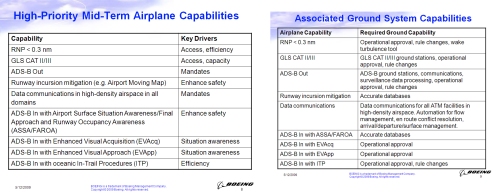The FAA’s annual controller staffing report and outlook is available, and is chock full of interesting information. Front and center, not surprisingly, is the announcement that the agency beat its hiring target in FY’08 by bringing in 2,196 trainees. (Release from ATO communications is here.)
But the report itself is the real treasure trove. Some facts we didn’t know:
- Of the population of certified controllers, about 4,400 are in the ‘age bubble’ between 44-49 years old.
- 2,358 controllers are currently retirement-eligible, with 746 more reaching eligibility in FY09.
- Of the controllers who retired in ’08, 34 percent did so in the first year they were eligible.
- FAA expects about 720 controllers to retire in ’09, and also expects to lose about 800 to promotions, transfers, resignations, removals, and deaths.
- In 2008, the average TRACON had a higher percentage of trainees working than the average En Route center did. The FAA expects this to reverse starting in FY’10.
- In 2008, the average training time for TRACON certification was 1.1 years — down from 3.1 years in 2005.
- The appendix includes a fascinating snapshot of controller populations at each En Route center, TRACON and staffed tower as of 9/27/08. Of the En Route centers in the continental U.S., Chicago and Cleveland ARTCCs had the highest certified controller populations on that date (338 and 335, respectively). Seattle and Salt Lake had the lowest (151 and 156, respectively).
If you find data inside the report that you believe is meaningful, post a comment or email us at editor (at) flynextgen (dot) com.





You must be logged in to post a comment.